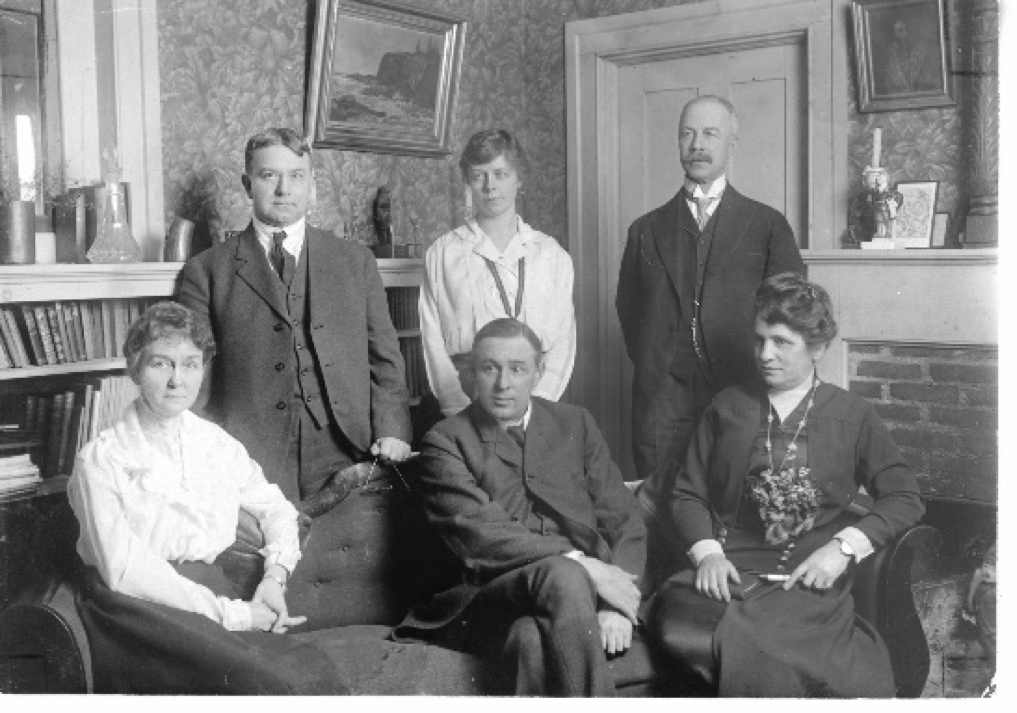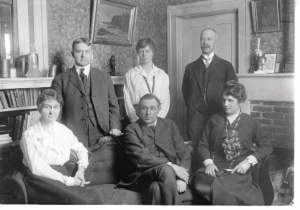During the month of April, Occupational Therapy Month recognizes all the benefits this specialized healthcare provides. This year is all about Empowering Independence.
As an occupational therapist or occupational therapy assistant, you are part of a vitally important profession that helps people across the lifespan participate in the things they want and need to do through the therapeutic use of everyday activities. Your holistic and customized approach to evaluations, interventions, and outcomes help a child with disabilities participate in school and in social situations, assist a person recovering from injuries to regain skills, aid an older adult to stay as independent as possible, and offer the specialized support and services to people of all ages and in all circumstances that only occupational therapy can provide. For every age and ability, occupational therapists provide care to improve the quality of life for the individuals we serve.
Each April, occupational therapists, occupational therapy assistants and students in practice, education, research and science host a month-long celebration showcasing the importance of occupational therapy. American Occupational Therapy Association | www.aota.org
In 1917, a group of 3 men and 3 women established and voted into existence The National Society for the Promotion of Occupational Therapy. This equal gender division is of note considering this was 3 years before women were allowed to vote in federal elections. Founders included: Eleanor Clarke Slagle, Susan Cox Johnson, Isabel G. Newton, Dr. William Rush Denton Jr., George Edward Barton and Thomas Bessel Kidner.
When the name “Occupational Therapy” was settled on, it held together several different movements. The inclusion of “occupation” in our name encompassed the following:
- a rejection of rest-cure for tuberculosis
- a rejection of having patients passively languish in institutions,
- and an affirmation that the goal of care should be for patients to re-enter into society
The value placed on occupations also aligned the new profession with the Arts and Crafts movement, which prized the value of traditional craftsmanship as factory production was on the rise. The inclusion of “therapy” situated our work squarely in the medical field. This was important because women’s work in healthcare was just starting to be regarded as professional work (vs. private acts of charity). www.otpotential.com
The following year, in 1918, the 9 cardinal principles of Occupational Therapy were presented at the second annual meeting of the National Society for the Promotion of Occupational Therapy and they are:
- Any activity in which the patient engages should have as its objective a cure.
- It should be interesting.
- It should have a useful purpose other than merely to gain the patient’s attention and interest.
- It should, preferably, lead to an increase in knowledge on the patient’s part.
- Curative activity should, preferably, be carried on with others, such as in a group.
- The occupational therapist should carefully study the patient and know his or her needs and attempt to meet as many as possible through activity.
- The therapists should stop the patient in his or her work before reaching a point of fatigue.
- Encouragement should genuinely be given whenever indicated.
- Work is preferred over idleness, even when the end product of the patient’s labor is of poor quality or is useless.
While it may not have made the history books yet, the care that you provide individual clients is truly what makes our profession great. May we continue to learn from our past and look ahead with our focus on one thing: providing the best care possible.
During the month of April and throughout the whole year, recognize an occupational therapist you know. Use #OccupationalTherapyMonth and #occupationaltherapy to share on social media.



Comments (0)